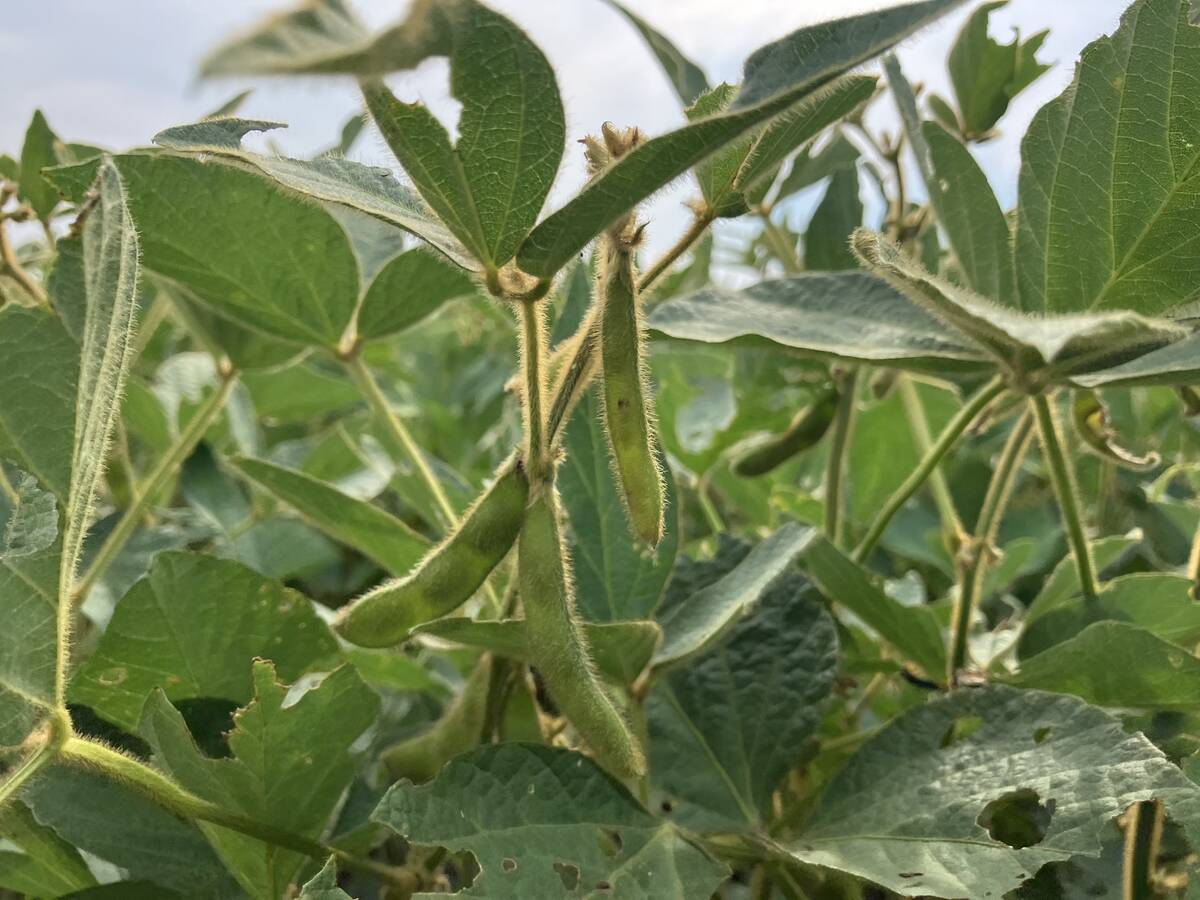Farmers have found a permanent place in their hearts and marketing plans for Producer Payment Options, celebrating the program’s 10th anniversary.
The Canadian Wheat Board contracts, which allow producers to go beyond wandering pool values and the basics of initial, interim and final payments, made a significant comeback in the 2010-11 crop year.
The Fixed Price Contract, in particular, is having its biggest year ever.
Twenty-five percent of the crop that the board will market in 2010-11, or five million tonnes, was priced through PPOs, with the FPC making up almost four million tonnes.
Read Also

Soybean market still figuring out implications of China-U.S. pact
Soybean futures had a muted reaction to the U.S. trade deal with China as the market tries to figure out the nuances of the deal.
This proves that the board’s decision to pour staff, time and resources into crafting the various PPOs was a good one.
Few people criticize the existence of PPOs now, but at one time the fringes of both the left and right wings of farm political opinion disliked and distrusted them.
Some on the anti-monopoly right saw them as a pacifier to distract farmers from unhappiness with the single desk, and suspected that they siphoned money from farmers for nefarious purposes. Some on the monopoly-or-death side saw them as a dangerous act of appeasement with the enemy and a dangerous waste of board resources and money.
Today, criticism of the PPOs involves mostly technical matters of surpluses from the programs’ premiums and divergences of the pro-grams from open market prices.
Interest in PPOs seemed to slip for a couple of years after early success.
Participation was high from 2003, when the Early Payment Option took off, while the FPC developed a fan base in the mid-2000s and exploded in popularity in 2006-07 and 2007-08. However, they collapsed in 2008-09 and 2009-10.
Farmers signed up more than six million tonnes with PPOs in 2007-08, but that fell to less than 1.5 million in 2009-10.
The 2011-12 marketing year is just underway and it’s impossible to know how popular PPOs will be, but I strongly suspect programs like the FPC will be madly popular if volatility continues.
One gets a sickening feeling watching PRO values as they heave up and down like a ship in a storm. For example, the PRO dropped 1 CWRS 13.5 by 65 cents per bushel March 24.
This volatility can’t help but affect a farmer’s financial outlook and planning.
At a CWB director’s regional meeting I attended last week, there was a good deal of smirking from some farmers in the crowd about statistics in the director’s presentation that showed farmers who stayed in the pools last year generally did better than those who used PPOs.
But the director said most farmers appear to use the PPOs as cash flow and price certainty tools rather than as a way to beat the market or the pools.
Farm marketing advisers I talked to last week agreed.
Farmers have big input and finance bills, prices are wildly volatile and many just want to ensure they can guarantee a matchup between obligations and likely revenues that will leave them a profit.
After all, a farmer’s main worries are the weather and other crop production issues. Price doesn’t need to be another wild card.















